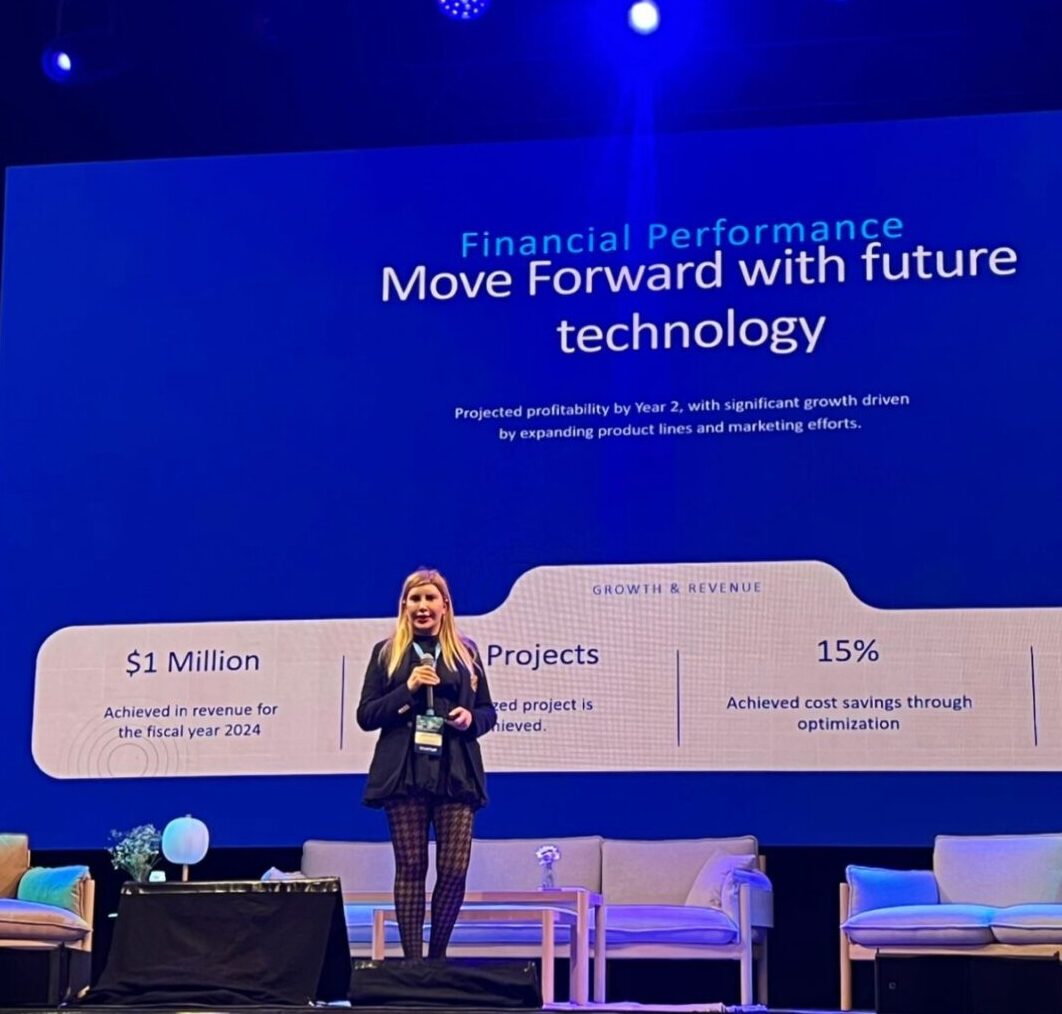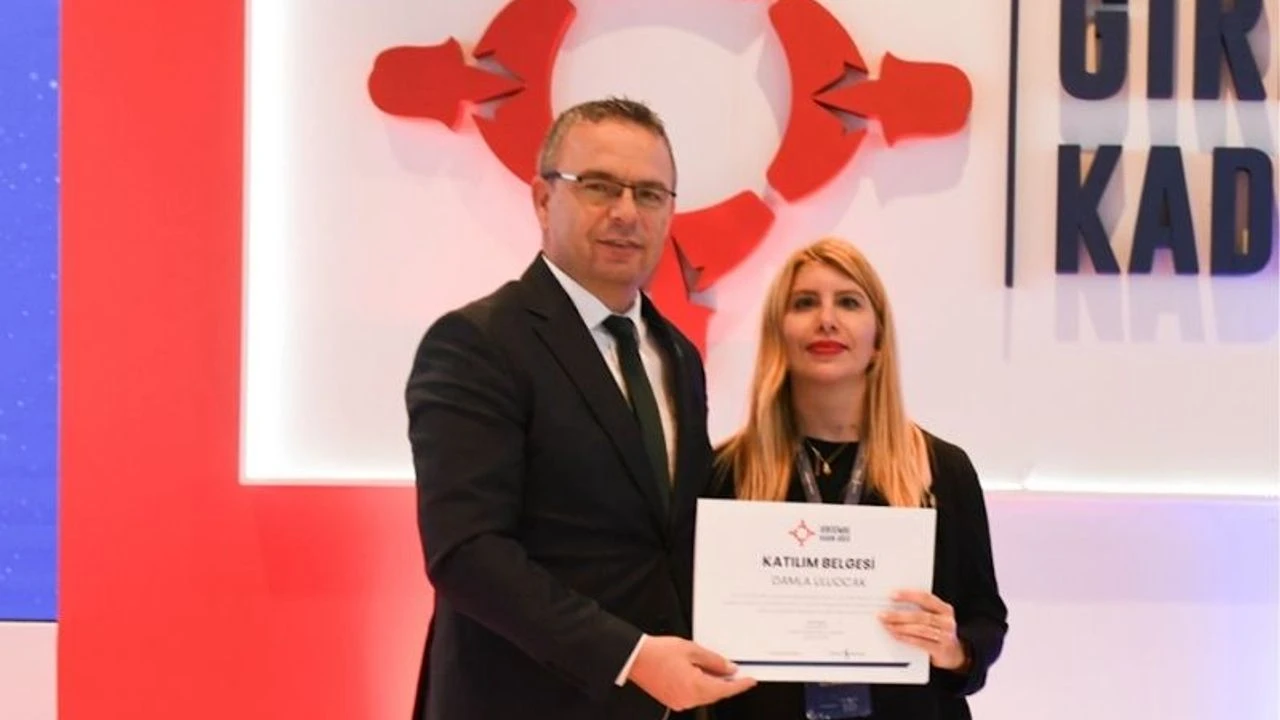The Rise of Robots in the White Goods Industry: Smart Manufacturing and Factories of the Future
Hello Dear Readers!
Today, in our blog post, we will be taking an in-depth look at the topic of robots in the white goods industry. The transformative effect of robots in the white goods industry, smart production processes, advantages, challenges and predictions for the future…
The white goods industry is a dynamic field where technological innovations are rapidly adopted and production processes are constantly optimized. In recent years, the use of robots in white goods production has become increasingly widespread, opening the doors to a groundbreaking transformation in the industry. Robots collaborate with humans on production lines to increase productivity, improve quality, reduce costs and ensure occupational safety. In this comprehensive blog post, we will examine in detail the rise of robots in white goods production, the advantages of smart factories, the current situation in the industry, the challenges faced, future trends and the position of the white goods industry in Turkey in the face of this transformation.
The Transformative Impact of Robots in White Goods Production
The production of white goods traditionally involves labor-intensive, repetitive and demanding tasks. Such tasks can place a physical and mental burden on the workforce, lead to occupational accidents and increase production costs. Robots are revolutionizing white goods manufacturing by offering solutions to these problems.
The Rise of Robots on Production Lines
In assembly lines, one of the most critical stages of white goods production, robots work with great speed and precision, performing tasks faster and more accurately than humans. This increases production speed and capacity, while reducing the error rate and improving product quality. Robots are particularly successful in processes such as welding, painting, gluing, assembly, packaging and transportation.
Robots’ Sensitive Eye for Quality Control
Quality control of products is of great importance in the white goods industry. When robots are equipped with advanced sensors, camera systems and artificial intelligence algorithms, they offer an ideal solution for detecting and weeding out product defects. This both reduces errors in the production process and increases customer satisfaction. Robots are particularly good at tasks such as visual inspection, taking measurements, testing and analyzing data.
The Birth of Smart Factories
The use of robots in the production of white goods has led to the emergence of smart factories. Smart factories are integrated systems that collect, analyze and make decisions based on data at every stage of the production process. These systems combine technologies such as robots, sensors, artificial intelligence, machine learning, the Internet of Things (IoT) and cloud computing to optimize production processes, increase efficiency and reduce costs.
Advantages of Smart Manufacturing in the White Goods Industry
The integration of smart factories and robots into the white goods industry offers many advantages:
Increased Productivity and Production Capacity
Robots can work 24/7 and perform tasks faster and more accurately than humans. This increases production speed and capacity and gives businesses a competitive advantage.
Reduced Costs and Increased Profitability
Robots reduce labor costs, reduce error rates, save energy and reduce costs by optimizing production processes. This increases the profitability of businesses.
Improved Product Quality and Customer Satisfaction
Robots improve product quality as they perform tasks without errors. This improves customer satisfaction, increases brand loyalty and encourages positive customer feedback.
Improved Safety and Employee Morale
By taking on dangerous and challenging tasks, robots prevent work accidents and ensure employee safety. This boosts employee morale, increases job satisfaction and allows them to redirect their talents to more value-added tasks.
Flexible Production and Rapid Adaptation
Smart factories can easily adapt to different products and changing demands. This enables businesses to respond quickly to changes in the market and meet customer expectations.
Sustainability and Environmentally Friendly Production
Robots can help reduce the environmental impact of white goods production by providing energy efficiency and reducing waste.
Usage Areas of Robots in the White Goods Industry
In the white goods industry, robots are used at almost every stage of the production process. Here are some examples:
- Sheet Metal Processing: Robots create the bodies of white goods by cutting, bending, punching and welding sheets of metal.
- Plastic Injection Molding: Robots produce the plastic components of white goods by inserting and ejecting plastic parts into molds.
- Painting and Coating: Robots paint, coat and varnish white goods, ensuring aesthetic appeal and durability.
- Assembly: Robots assemble different parts of white goods by putting them together.
- Quality Control: Robots visually inspect white goods, take measurements, perform tests and eliminate defective products.
- Packaging and Palletizing: Robots pack, palletize and label white goods, making them ready for shipment.
- Storage and Logistics: Robots store white goods, move them between warehouses and load them onto delivery vehicles.
Challenges of Using Robots in the White Goods Industry
Although the use of robots in the white goods industry offers many advantages, it also faces some challenges:
- High Investment Costs: Robot systems can be costly to install and integrate, which can be a barrier, especially for small and medium-sized enterprises.
- Requirement for Technical Expertise: Technical expertise is required to program, maintain and repair robots. This may require businesses to employ qualified personnel or outsource.
- Labor Concerns: As robots take over some jobs, there is a concern that they may lead to a loss of labor. However, this concern is unfounded because robots often take on dangerous, demanding and repetitive tasks that humans are unwilling or unable to do. Furthermore, the use of robots can create new jobs and allow workers to focus on more skilled tasks.
- Data Security and Cybersecurity Risks: Robots and other devices used in smart factories can be vulnerable to cyber attacks. Therefore, taking data security and cybersecurity measures is of utmost importance.
Predictions on the Future of Robots in the White Goods Industry
The future of robots in the white goods industry looks very bright. With the rapid development of technology, robots are becoming smarter, more flexible, more collaborative and more cost-effective. These developments will enable robots to become more widespread in white goods production and to perform more complex tasks.
Collaborative Robots (Cobots): Cobots are robots that can work safely with humans. In white goods production, cobots can assist humans in tasks such as assembly, quality control, packaging and transportation, and make them more efficient.
Autonomous Mobile Robots (AMRs)
AMRs are robots that can perform tasks such as material handling, storage and logistics in factories. In white goods manufacturing, AMRs can move materials between production lines, increasing productivity, reducing labor costs and preventing work accidents.
Artificial Intelligence and Machine Learning Powered Robots
Artificial intelligence and machine learning enable robots to become smarter and more autonomous. In white goods manufacturing, AI-powered robots can perform tasks such as optimizing production processes, detecting and preventing errors, identifying maintenance needs, reducing energy consumption, and even creating new product designs.
Digital Twins and Simulation Technologies
Digital twins are a virtual copy of a physical product or process. In white goods manufacturing, digital twins can be used to simulate, test and optimize production processes. This can enable new products to be brought to market faster and at less cost.
Cloud Computing and Big Data Analytics
Cloud computing enables robots and other devices to communicate with each other and share data. Big data analytics, on the other hand, analyzes this data and provides meaningful insights. In white goods manufacturing, cloud computing and big data analytics can be used to optimize production processes, improve quality and reduce costs.
The White Goods Industry and the Rise of Robots in Turkey
Turkey is one of the world’s leading countries in white goods production. The sector has recorded significant growth in recent years and achieved great success in exports. White goods manufacturers in Turkey are investing in robotics technologies to maintain their competitive advantage and increase their share in the global market.
White goods manufacturers in Turkey mainly use robots in tasks such as assembly, welding, painting, packaging and transportation. In addition, some manufacturers also utilize robots in areas such as quality control and maintenance.
There are several reasons why the white goods industry in Turkey is investing in robotics:
- Increased Competition: Competition in the global white goods market is increasing. Manufacturers in Turkey have to reduce production costs and improve product quality to maintain their competitive advantage. Robots play an important role in achieving these goals.
- Rising Labor Costs: Labor costs in Turkey have been increasing in recent years. Robots provide cost advantages to manufacturers by reducing labor costs.
- Lack of Skilled Labor: There is a shortage of skilled labor in some sectors in Turkey. Robots reduce the dependency of manufacturers on qualified labor by eliminating this deficiency.
Government Incentives: The Turkish government offers various supports to encourage the use of robotics in industry. These supports help manufacturers to finance robot investments more easily.
Examples of Robot Use in the White Goods Industry in Turkey
Many white goods manufacturers in Turkey are successfully using robots in their factories. For example, major manufacturers such as Arçelik, Bosch, Vestel and Beko are using robots at different stages of their production processes to increase productivity, reduce costs and improve product quality.
In 2018, Arçelik established a “smart factory” at its refrigerator factory in Eskişehir, where robots are used extensively. In this factory, robots perform processes such as assembly, welding, painting and packaging of refrigerators. Thanks to this investment, Arçelik has increased its production capacity, reduced costs and improved product quality.
Bosch uses robots in its factories in Turkey, especially in processes such as welding, painting and assembly. Thanks to the use of robots, Bosch has made production processes more efficient and reduced occupational accidents.
Vestel is one of the largest white goods manufacturers in Turkey. Vestel uses robots in its factories for tasks such as assembly, packaging and transportation. Thanks to the use of robots, Vestel has reduced production costs and improved product quality.
Beko is one of Turkey’s leading white goods brands. Beko uses robots in its factories, especially in processes such as assembly and quality control. Thanks to the use of robots, Beko has increased its production speed and reduced the error rate.
Conclusion
The rise of robots in the white goods industry is revolutionizing the sector and laying the foundations for the factories of the future. Thanks to smart production processes, robots increase efficiency, improve quality, reduce costs, ensure occupational safety and promote environmentally friendly production. The white goods industry in Turkey is playing an important role in this transformation and increasing its competitiveness by investing in robotics.
In the future, the use of robots in the white goods sector is expected to become even more widespread and perform more complex tasks. This will bring many benefits for both manufacturers and consumers. Manufacturers will be able to offer more efficient, higher quality and more cost-effective products. Consumers will be able to have more innovative, safer and more environmentally friendly white goods.






